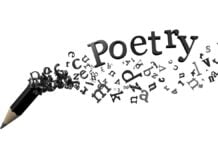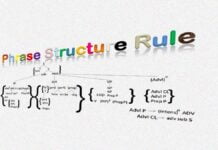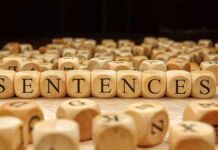An agenda also called a docket or a schedule is a list of topics or activities in the order they are to be taken up, from the beginning till the adjournment. An agenda helps in preparing for a meeting by providing a list of items and a clear set of topics, objectives, and time frames that are needed to be discussed upon.
An effective agenda sets clear expectations for what needs to occur before and during a meeting. It helps team members prepare, allocates time wisely, quickly gets everyone on the same topic, and identifies when the discussion is complete. If problems still occur during the meeting, a well-designed agenda increases the team’s ability to effectively and quickly address them.
A meeting agenda is a list of activities that participants are hoping to accomplish during their meeting. It serves several purposes:
- It gives the attendees prior notice of what will be discussed.
- It sets clear expectations for what needs to occur before and during a meeting.
- It keeps the participants focused on the topic at hand.
- It sets the pace of the meeting.
- It acts as a time management tool.
When designed correctly, a meeting agenda can prevent unproductive meetings, saving your entire team a lot of time. Whether your meeting is a large, formal event, or a casual discussion in a small team, an agenda is the best way to stay focused and make good use of the time you have.
The topics you should include in your team meeting agenda depend, of course, on the purpose of the meeting. However, regardless of whether your meeting is a brainstorming session or a quarterly retrospective, most agendas include the following:
- Information items – This includes any updates you may want to share with the group.
- Action items – These are the tasks your team should complete during or after the meeting.
- Discussion items – These are all the topics you want your team to provide feedback on.
- Explicitly clarifying which category each agenda item falls into helps your team deliver exactly the input that is expected of them.
- Don’t forget to include additional helpful details, for example, who will be presenting each topic and how long each presentation will take.
Format of an Agenda
Agenda Elements
- Meeting Agenda Title − At the top; preferably centre-aligned
- Meeting Information − Description of the purpose
- Objective − Description of agenda
- Date − For maintaining records of correspondence
- Location − The place of meeting
- Time − The actual time of commencement of the meeting
- Meeting Type − Brainstorming or discussion or assessment
- Time of Arrival − Time to begin the meeting
- Time of Adjournment − Time the meeting ends
- Attendees − Number of people present, with their names
Preparation for Meeting
- Please Read − Instructions to be followed
- Please bring − Things supposed to be carried that day
Action Items
- Last Action – Responsible Authority – Due date
- New Action – Responsible Authority – Due date
- Other notes – Other instruction or information to be taken down






























